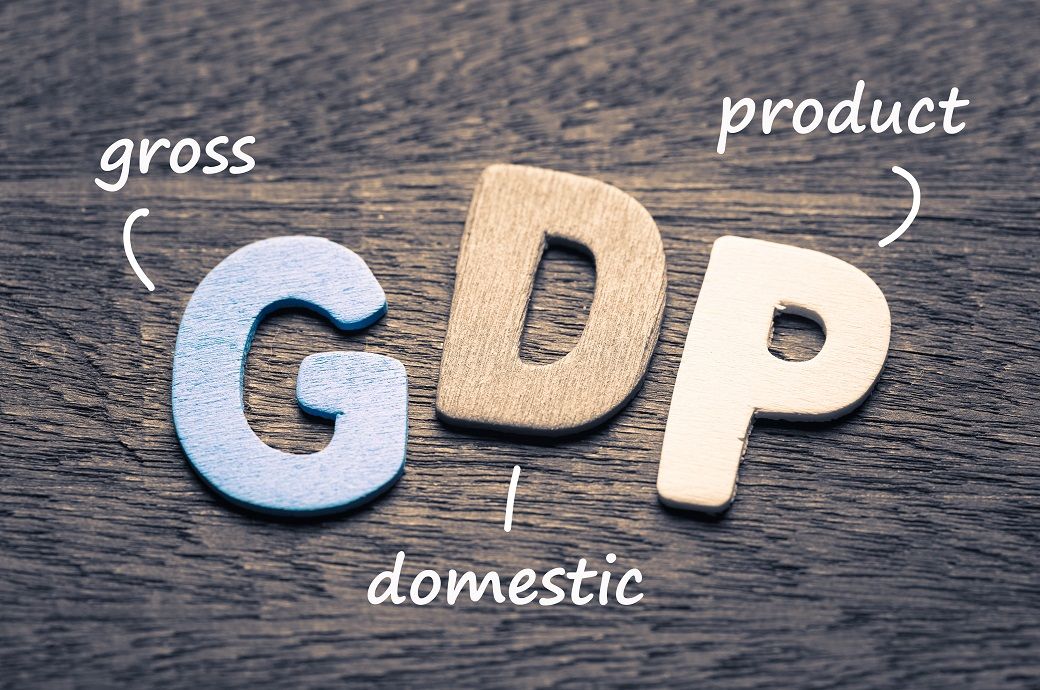
With Asia-Pacific central banks likely to keep interest rates high, the region's borrowers will see costlier debt servicing. Concurrently, a widening conflict in the Middle East could drag global supply chains and raise energy costs, fanning inflation.
The Asia-Pacific's growth is susceptible to energy shocks and slower global demand, S&P Global said in a release. It lowered its projection for the region's growth (ex-China) next year from 4.4 per cent to 4.2 per cent. The prospects for industries also differ, with export-centric manufacturing faring worse.
Asia-Pacific interest rates are likely to stay high as the US Federal Reserve will maintain tight monetary policy to rein in inflation to target.
Meanwhile, gaps in policy rates between global and regional central banks could intensify capital outflows and domestic currency depreciation.
For borrowers with impending or sizable refinancing needs, high borrowing costs and tighter credit availability from lenders are prominent risks. While onshore funding remains accessible, often cheaper than offshore, these too could turn selective.
A soft landing is anticipated in the United States and Europe landing in 2024.
The net energy-importing status of Asia-Pacific underlines its susceptibility to high energy prices due to geopolitical tensions.
Climate change and rapid technological advancements are disrupting business models. To prepare for these risks, businesses are incurring higher capex investments, leading to rising debt leverage, S&P Global added.
ALCHEMPro News Desk (DS)
Receive daily prices and market insights straight to your inbox. Subscribe to AlchemPro Weekly!